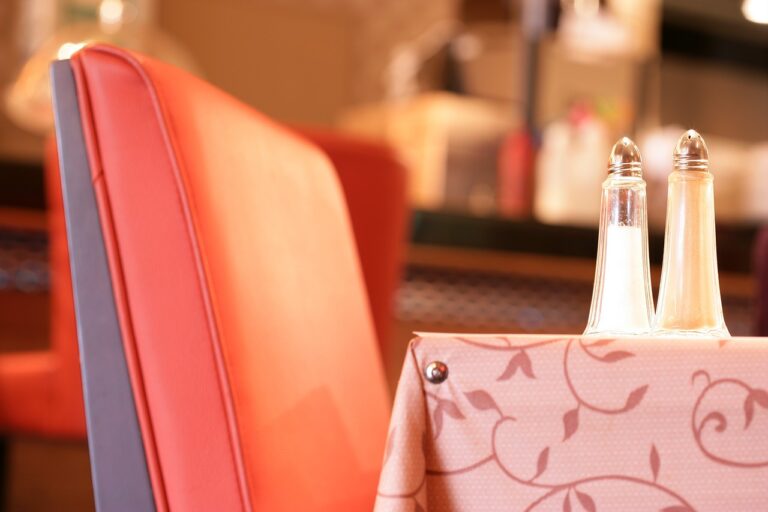Leveraging Augmented Reality for Interactive Retail Experiences
Augmented Reality (AR) technology has revolutionized the retail industry by providing unique and interactive shopping experiences for customers. Retailers are leveraging AR to bridge the gap between online and offline shopping, allowing consumers to virtually try on products, visualize furniture in their homes, and test out cosmetics before making a purchase. This immersive experience not only enhances customer engagement but also increases the likelihood of conversion as shoppers can make more informed decisions.
Moreover, AR in retail helps businesses reduce product returns by giving customers a better understanding of the items they are interested in buying. By allowing shoppers to see how products look and fit in real time, AR minimizes the risk of dissatisfaction post-purchase. Additionally, retailers can use AR to gather valuable data on consumer preferences and behaviors, enabling them to tailor their offerings and marketing strategies more effectively.
How Augmented Reality Enhances Customer Engagement
Augmented reality (AR) technology has revolutionized the way retailers engage with their customers. By overlaying digital content onto the real world, AR creates immersive experiences that captivate and intrigue consumers. This interactive element not only grabs the attention of shoppers but also keeps them engaged longer, leading to increased brand interaction and ultimately, higher chances of making a purchase.
Moreover, AR enhances customer engagement by providing a personalized and interactive shopping experience. Through AR features like virtual try-ons or product visualizations, customers can see how a product will look or fit in real-time, without having to physically touch or see it in person. This level of customization builds trust and confidence in the purchase decision, making customers more likely to complete a transaction.
Examples of Successful Augmented Reality Retail Campaigns
One standout example of a successful augmented reality retail campaign is the collaboration between Sephora and ModiFace. By offering customers the chance to virtually try on different makeup products through their smartphone cameras, Sephora significantly boosted customer engagement and encouraged more purchases. This interactive experience not only provided a fun and convenient way for shoppers to experiment with different looks but also helped increase customer satisfaction and loyalty.
Another notable augmented reality retail campaign was carried out by IKEA with their IKEA Place app. This innovative application allows users to visualize how furniture items would look in their own home through AR technology. By merging the digital and physical shopping experiences seamlessly, IKEA successfully transformed the way customers shop for furniture, leading to a rise in sales and a more enjoyable shopping journey for consumers.
• Sephora’s collaboration with ModiFace allowed customers to virtually try on makeup products
• Boosted customer engagement and encouraged more purchases
• Interactive experience provided a fun and convenient way for shoppers to experiment with different looks
• Increased customer satisfaction and loyalty
• IKEA’s IKEA Place app allows users to visualize furniture items in their own home through AR technology
• Merged digital and physical shopping experiences seamlessly
• Transformed the way customers shop for furniture, leading to a rise in sales
• Provided a more enjoyable shopping journey for consumers
What are the benefits of using augmented reality in retail?
Augmented reality in retail can enhance the shopping experience for customers by allowing them to visualize products in their own space before making a purchase. It can also increase customer engagement, drive sales, and differentiate a brand from its competitors.
How does augmented reality enhance customer engagement?
Augmented reality enhances customer engagement by providing interactive and immersive experiences that capture the attention of consumers. It allows customers to explore products in a more dynamic and personalized way, leading to increased interest and time spent interacting with the brand.
Can you provide examples of successful augmented reality retail campaigns?
Yes, there have been several successful augmented reality retail campaigns that have effectively utilized this technology to drive sales and engage customers. Some examples include IKEA’s Place app, which allows customers to preview furniture in their own space, and L’Oreal’s Makeup Genius app, which lets users try on virtual makeup before making a purchase. These campaigns have been praised for their innovation and ability to enhance the shopping experience.







